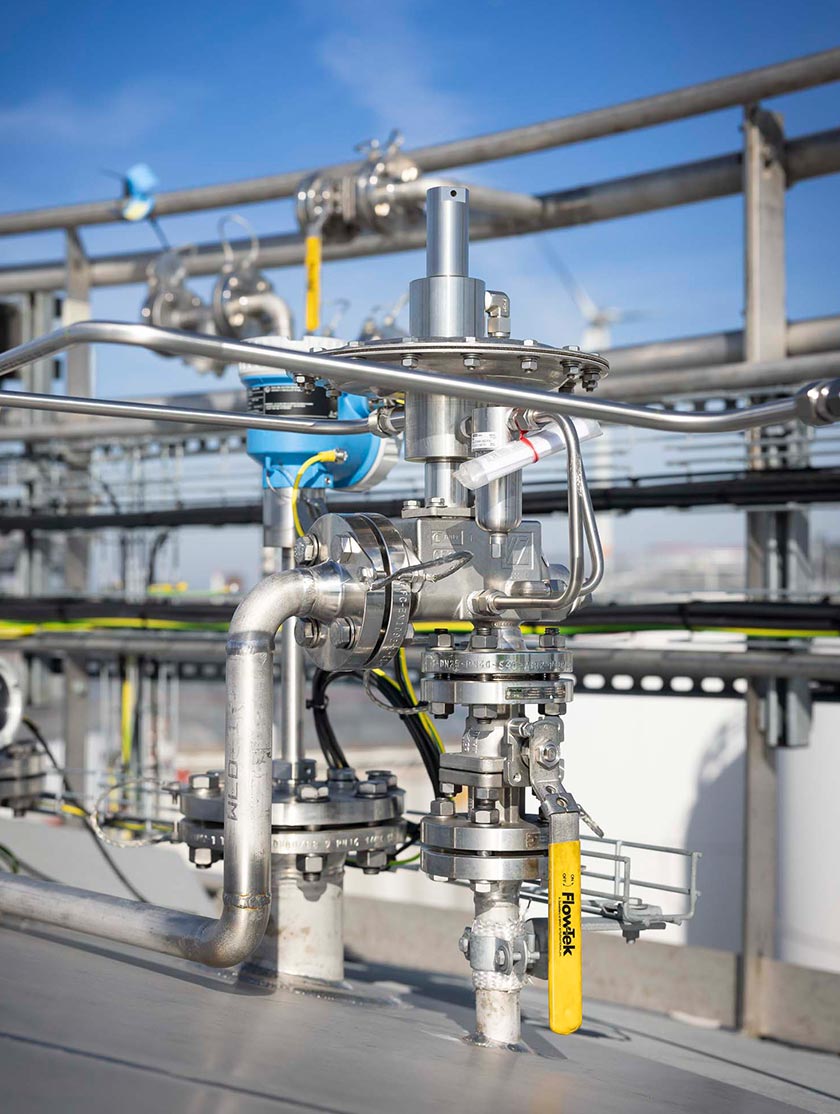Understanding Flame Arrestors: Suppression in Combustible Gas Systems
Flame arrestors are a key component in the operation of flammable gas systems and play a crucial role in suppressing potentially dangerous flame fronts. Flame arrestors are used to control and regulate the flow of flammable gases within a system, thereby preventing the ignition and spread of flames. They are used in numerous industries, including oil and gas, petrochemical, and refineries, to ensure the safe and efficient operation of equipment and processes.
What is a Flame Arrestor?
So, what exactly is a flame arrestor? It is a device installed within a gas pipeline or gas tank to limit and prevent the spread of flames. It consists of a series of metal or ceramic plates with small holes, called a flame cell, which act as a barrier to the flames. As the flame passes through the cell, the flame front is disrupted and extinguished due to a lack of oxygen and heat exchange.
Types of Flame Arrestors
There are three main types of flame arrestors: deflagration, detonation, and terminal flame arrestors. Deflagration arrestors are the most common and are designed to stop slow flames, while detonation arrestors are designed to stop fast flames. To prevent flashback, end-of-line barriers are installed at the end of a pipeline.
How Flame Arrestors Suppress Flame Fronts
How do flame arrestors suppress flame fronts in systems containing flammable gases? Their function is to regulate gas flow and prevent ignition sources from entering the flammable mixture. Narrow flame cell channels in the cutter limit the flame speed and temperature, causing the flame front to extinguish. This prevents flames from spreading further into the pipeline or equipment, reducing the risk of explosion.
In addition, flame arrestors also prevent flashback, the sudden and often uncontrolled combustion of flammable gases back to the source. This can occur when the autoignition temperature of the gas mixture is exceeded and an ignition source is present. The flame arrestor acts as a barrier, preventing the flame from reaching the source and causing an explosion.
Summary
In summary, the role of flame arrestors in suppressing flame fronts in flammable gas systems is critical to maintaining safety across various industries. They provide an additional layer of protection by controlling gas flow and preventing the spread of fire within the system. It is important to select the appropriate flame arrestor type for your specific application and to maintain and inspect it regularly to ensure its effectiveness.
Looking for The Right Flame Arrestor? Get Expert Help Choosing the Ideal Arrestor Engineered To Fit Your Needs |
Cashco’s flame arrestors are engineered to stop the propagation of flames in gas piping systems, helping protect equipment, personnel, and facilities. For more information about Cashco's arrestors, view all models here .
Cashco is dedicated to ensuring you select the best solution for your tank protection needs. Need help choosing the right flame arrestor? Contact us and our experienced team will gladly assist you in finding the ideal product!
Why Flame Arrestors Matter |
Cashco Flame Arrestors are specifically engineered to match the explosive mixtures Maximum Experimental Safe Gap, in order to ensure complete extinction of the flame.



